Ever wonder what the difference really is between organic vs. non-organic foods? Here’s everything you need to know about the two types of labels, as well as the positives and negatives that each bring to the (kitchen) table.
What is the difference between foods labeled organic versus non-organic?
At the very core of it, there is not a large difference between the two. They look very similar and most often taste very similar, too. Organic foods typically contain the same amount of nutrients, vitamins and minerals as non-organic foods. In order for a food to be labeled organic, the producer has to have the United States Department of Agriculture (USDA) verify their growing practices and approve all of their production methods. Typically, foods that are organic contain fewer pesticides, fewer multi-drug resistant bacteria and no genetically modified organisms or foods.
What are the positives and negatives of buying organic or non-organic?
If you are concerned with how green you are being or how your actions impact the environment, organic foods have less environmental impact then non-organic foods. Additionally, organic foods have no added antibiotics, hormones or synthetic additives.
However, the negatives of buying organic may outweigh the positives for many families. What is the number one negative of buying organic? The price. On average, organic products are 47 percent more expensive than non-organic foods. This varies depending on the product and season, but if you buy organic, you are most likely going to pay quite a bit more. Another possible negative to buying organic is that you are subject to when each product is in season. Organic apple supplies disappear from grocery stores in late winter while non-organic apples may be overflowing. Produce is one of the main foods affected by the seasons, but some organic meats and eggs may be affected as well.
How does cost affect buying organic?
For non-organic, one positive is that you can typically stretch your dollar further than with organic foods. Additionally, you can find almost any type of food, produce or meat any time of the year, even if it is not in its peak season. One drawback to non-organic foods is that you may be consuming higher levels of pesticides, antibiotics or hormones, and your food may be coming from growing conditions that are not as highly regulated as organic products.
What does all this mean?
This does not mean that organic foods are necessarily better or healthier for you. If you shop at local farmers markets, ask your farmer what types of fertilizers and growing conditions are used. Even if he or she has not paid to be certified organic, they may be using fewer pesticides or green growing conditions. This is one way to still have produce or meat that is close to organic without paying the higher price.
Non-organic produce and products are not the only source of pesticides in our daily life. Even if we bought only organic, we would encounter pesticides on recently sprayed grass, in the air we breathe, and in the soil and dust. It is nearly impossible to reduce our pesticide exposure to absolute zero.
Do you recommend organic or non-organic to parents?
I recommend that all children consume at least five servings of fruits and vegetables daily. If buying organic would mean they only have one serving of fruit or vegetables due to the higher price, then I would recommend buying non-organic. If your family is on a tight budget, avoid reaching for the organic products, and instead aim to meet the goal of five servings of fruits and vegetables with non-organic foods.
Try to include at least one fruit at breakfast, one serving of vegetables at lunch, and two servings of vegetables at dinner to help meet fiber and vitamin/mineral needs and fill up bellies with the healthy stuff! To make five servings, consider offering fruit as a snack. These can be non-organic or organic, as long as they are being provided.
Buying organic vs non-organic
There are some fruits and vegetables that are known to have high levels of pesticides and fertilizers. If you want to choose a few things to buy organic, the Environmental Working Group releases a list every year of 12 foods containing the highest level of pesticides and 15 foods that are the lowest in pesticides. The top five of the “dirty dozen” or high-level foods for 2017 are strawberries, spinach, nectarines, apples and peaches. The top five of the “clean fifteen” or lower-level foods this year are avocados, sweet corn, pineapples, cabbage and onions. If you wanted to pick and choose which foods to buy organic, these may provide some insight.
 https://riseandshine.childrensnational.org/wp-content/uploads/2019/02/Little-boy-listenting-to-heartbeat-of-stuffed-bear-feature.jpg
300
400
Rise and Shine
https://riseandshine.childrensnational.org/wp-content/uploads/2017/11/childrens_riseandshine_logo.jpg
Rise and Shine2024-02-01 14:28:222024-02-12 11:35:25What parents need to know about congenital heart disease
https://riseandshine.childrensnational.org/wp-content/uploads/2019/02/Little-boy-listenting-to-heartbeat-of-stuffed-bear-feature.jpg
300
400
Rise and Shine
https://riseandshine.childrensnational.org/wp-content/uploads/2017/11/childrens_riseandshine_logo.jpg
Rise and Shine2024-02-01 14:28:222024-02-12 11:35:25What parents need to know about congenital heart disease



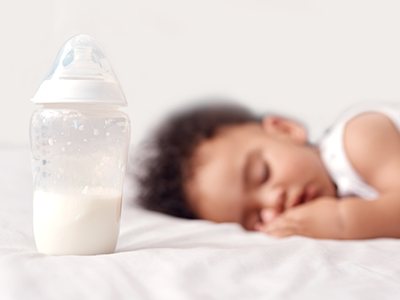

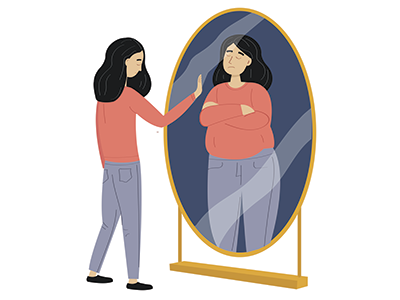
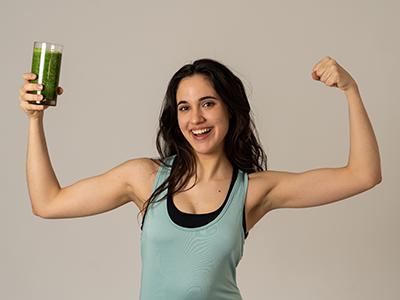


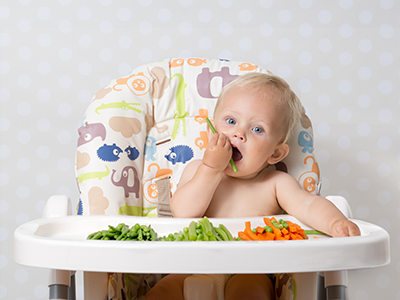

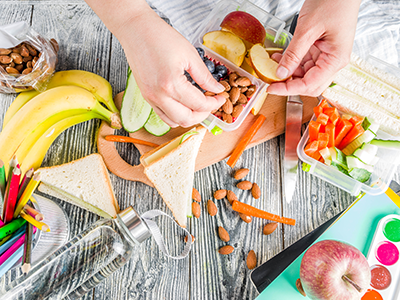
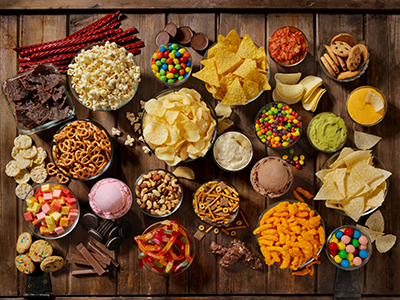
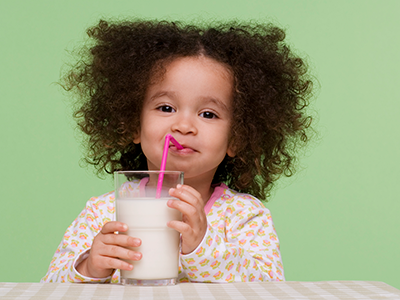
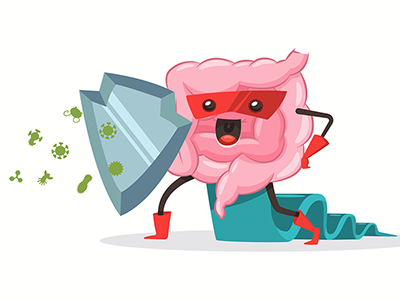
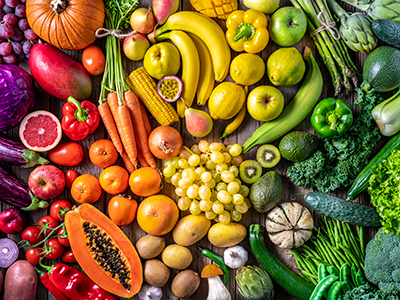
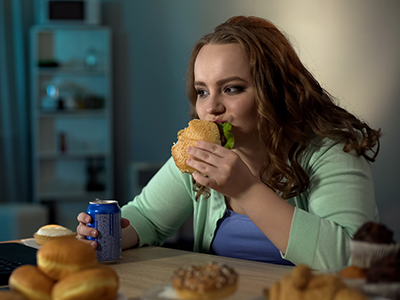



Leave a Comment
Want to join the discussion?Feel free to contribute!